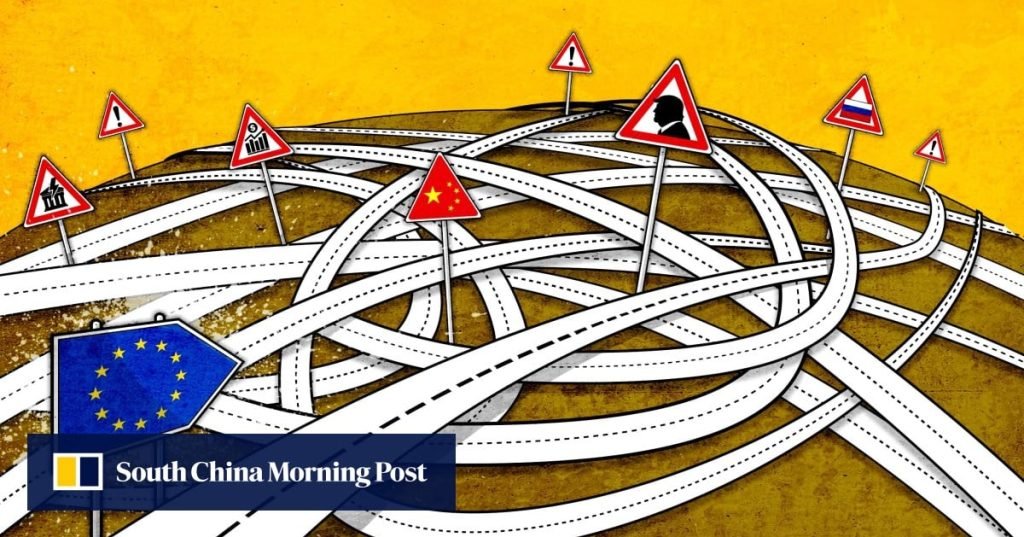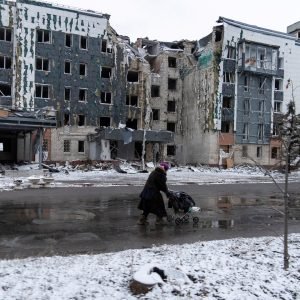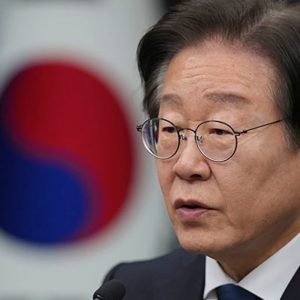
As the world hurtles towards four more years of geopolitical chaos, it is often said in EU capitals that Europe is at a crossroads.
The facts at hand suggest that the intersection is much more complicated, and Europe is on a slip road towards a spaghetti junction. At a moment of intense geopolitical upheaval and economic stagnation, the bloc is being squeezed from all sides, and from within.
To the west, incoming US president Donald Trump vows to pummel the EU with tariffs in a return to the trade tensions of his first term. To its east, ties with China have grown hostile as it grapples with the impacts of Beijing’s excess industrial overcapacity and its close relationship with Russia.
On the European continent itself, meanwhile, the lines between east and west are becoming increasingly blurred. Thousands of North Korean troops have been sent to fight for Russia close to the front lines of the Ukraine war, while EU capitals are “convinced” by intelligence showing that drones are being produced for the Russian military in China.
“The crisis theatres in Europe and Indo-Pacific are linked as we can witness from North Korea’s involvement in Russia’s war of aggression against Ukraine,” the EU’s outgoing top diplomat Josep Borrell said last month.
On the face of it, the EU could hardly be less ready for these external shocks: politically and economically, it is perpetually on the cusp of turmoil.






